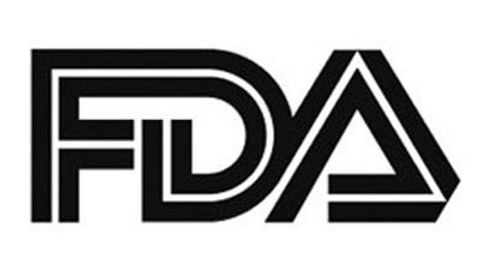FDA Approves Olutasidenib for Relapsed/Refractory IDH1+ Acute Myeloid Leukemia
Positive and durable complete responses observed with olutasidenib in adult patient with relapsed or refractory acute myeloid leukemia and a susceptible IDH1 mutation have led the FDA to grant approval to the drug for this group of patients

The FDA has granted approval to olutasidenib (Rezlidhia) capsules for the treatment of adult patients with relapsed or refractory acute myeloid leukemia (AML) with a susceptible IDH1 mutation, as detected by an FDA-approved test.1
Olutasidenib was approved based on findings from the phase 1/2 trial (Study 2102-HEM-101; NCT02719574). In the open-label, single-arm, multicenter clinical trial, olutasidenib demonstrated durable complete remissions (CRs) in patients with IDH1-mutant AML.1,2
Study 2102-HEM-101 evaluated 137 patients with relapsed or refractory IDH1-mutant AML whose disease was confirmed by the Abbott RealTime IDH1 Assay. The patients were treated with olutasidenib 150 mg twice daily until disease progression, unacceptable toxicity, or hematopoietic stem cell transplantation (HSCT). The median duration of olutasidenib treatment in the study was 4.7 months (range, 0.1-26 months). Overall, 11% of patients in the study underwent HSCT following treatment with olutasidenib.1
Efficacy results showed that olutasidenib the CR plus CR with partial hematologic recovery (CRH) rate was 35% (95% CI, 27%-43%), which included a CT rate of 32% and a CRh rate of 35%. The median time to CR plus CRh was 1.9 months (range, 0.9-5.6 months), and the median duration of response was 25.9 months (95% CI, 13.5 months to not reached).
Other efficacy findings were related to dependence on red blood cell (RBC) and platelet transfusions. Of the 86 patients who were dependent on RBC and/or platelet transfusion at baseline, 34% became transfusion independent during any 56-day post-baseline period. Of those who achieved transfusion independence, 64% remained transfusion independent during any 56-day post-baseline period.
In terms of safety, the most common adverse events (AEs) observed occurred in at least 20% of patients. The most common AEs included nausea, fatigue/malaise, arthralgia, constipation, leukocytosis, dyspnea, fever, rash, mucositis, diarrhea, and transaminitis. Moreover, the FDA issued a box warning for olutasidenib to alert health care professionals about the risk of differentiation syndrome, a potentially fatal event that has been shown with olutasidenib.
Based on the safety profile of olutasidenib, the FDA’s recommended dose with 150 administered orally twice daily on an empty stomach. The medication should be given at least 1 hour before a meal or 2 hours after a meal and should continue until disease progression, or unacceptable toxicity. In the event that patients, disease progresses or they experience unacceptable toxicity, the FDA recommends treatment for a minimum of 6 months to allow patients to achieve and clinical response from olutasidenib.
REFERENCES:
1. FDA approves olutasidenib for relapsed or refractory acute myeloid leukemia with a susceptible IDH1 mutation. News release. FDA.gov. December 1, 2022. Accessed December 2, 2022. https://www.fda.gov/drugs/resources-information-approved-drugs/fda-approves-olutasidenib-relapsed-or-refractory-acute-myeloid-leukemia-susceptible-idh1-mutation
2. Forma Therapeutics’ investigational olutasidenib in combination with azacitidine yields durable complete remission in patients with mIDH1 acute myeloid leukemia. News release. -Forma Therapeutics Holdings, Inc. December 16, 2021. Accessed December 2, 2022. https://bit.ly/3ipZNYJ